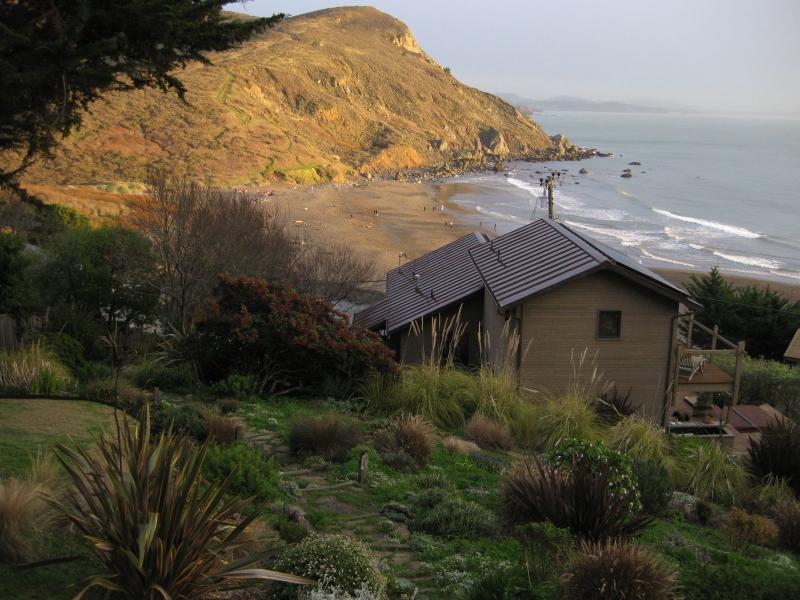In all these build posts I see everyone using plugs in and out of their boxes. why is that, wouldn't it be easier just to wire eveything direct do away with all these additional conections that are prone to corosion, wear or just fatigue? I can see if you are taking the system apart and putting it away after each brew, but how many do that?







